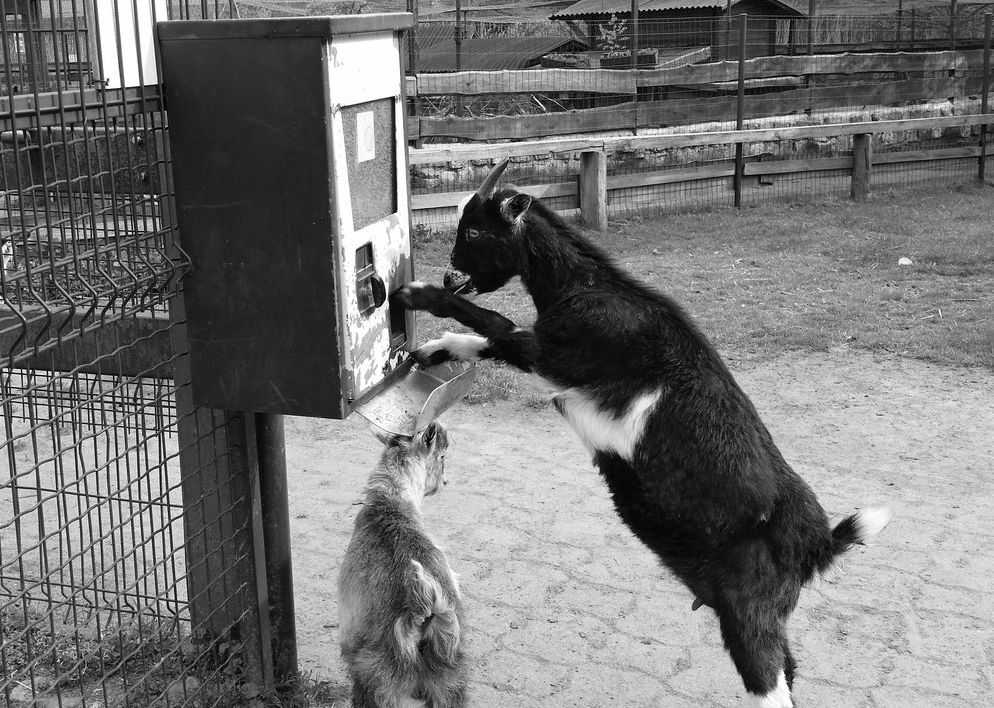
May 3
/
Benjamin Schumann
Data doesn't have to be big to cause trouble
IN THE THIRD PART OF OUR SERIES ON BEST MODELLING PRACTICES, WE LOOK AT THE ISSUE OF TIMELY DATA. AS USUAL, WE USE THE DEFINITION GIVEN BY DAVE STURROCK ON THE SIMIO BLOG AS A STARTING POINT:
Empty space, drag to resize
“The functional specification should describe what data will be required, when it will be delivered and by whom. Late, missing, or poor quality data can have a dramatic impact on a project.”
Dave Sturrock, Simio blog
Dave Sturrock, Simio blog
Empty space, drag to resize
Data does not have to be big to cause trouble. I have yet to do a project where data was easy to retrieve, in a nice format, willingly shared and exactly what I needed for my model. There are many reasons for this but in this post, let’s focus on what you can do to make the best of it for the client, before the project starts and during the project.
Before the project starts
As a simulation consultant, it is easy to design and build your model around the available data. Aim to avoid this temptation. When you discuss and outline the project with your client, do you have a clear understanding of the following issues for yourself?
- What data will I need to build the simulation that answers the exam question?
- What inputs will my model have, in what format?
- When do I need which piece of input during model development?

Find out early if required data exists and is available.
Empty space, drag to resize
Once you have a vision for the above, the next step is to discuss it with your client and go about answering the following questions with them:
As you can see, the questions get more and more detailed, for a good reason: you need to show that data is no simple matter but critical to success. Often, clients have a vague feeling for the truism “garbage in, garbage out”. However, the opposite is also true. Good data can help a great way to understand business problems. Convince your client that data is important. Clarify that data changes will be costly:
- Do you have what I need?
- If so, can I get it when I need it?
- If so, from whom will I get it?
- If not, how can we ensure to get it when it’s needed? With whom?
As you can see, the questions get more and more detailed, for a good reason: you need to show that data is no simple matter but critical to success. Often, clients have a vague feeling for the truism “garbage in, garbage out”. However, the opposite is also true. Good data can help a great way to understand business problems. Convince your client that data is important. Clarify that data changes will be costly:
Often, clients come up to me with new or changed data during a project (“that is all we found”, “can you make use of this?”, “Please add this as well”…). They are surprised when I tell them of the extra workload this causes. It is very useful to establish the complexity of data changes early on.
During the project
As you can imagine, even following the advice above will not guarantee everything goes as planned. Therefore, it is important to never lose sight of the issue. Are there signs that data delivery is sluggish? Do you have to follow up more than you are comfortable with?

Keep a watchful eye on your data deliveries.
Empty space, drag to resize
Depending on the situation, there are two ways to react: Chase more or adapt. You should certainly make an effort to chase your data initially. Try to find out what the problem is, if you can help, etc. However, if you realize that what you are waiting for will not arrive in time, take action.
Meet your client and discuss alternatives. Often, this means to adapt the model by making additional assumptions in certain model areas. You could suggest to take the work into a follow-on phase of work if you are confident the data in question will turn up eventually. In any case, stay flexible and agile as client requirements will change during a project and with them the data coming onto your desk. Happy modelling :-)
Meet your client and discuss alternatives. Often, this means to adapt the model by making additional assumptions in certain model areas. You could suggest to take the work into a follow-on phase of work if you are confident the data in question will turn up eventually. In any case, stay flexible and agile as client requirements will change during a project and with them the data coming onto your desk. Happy modelling :-)
